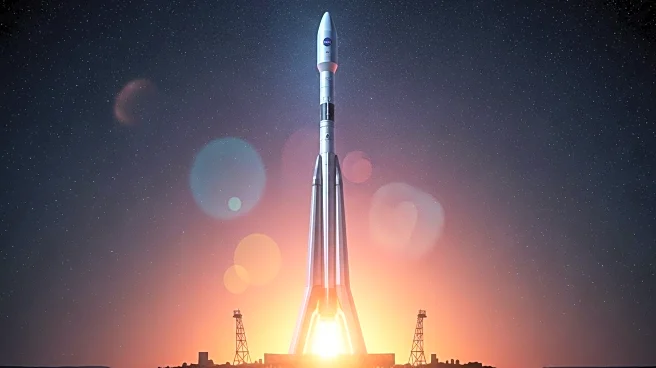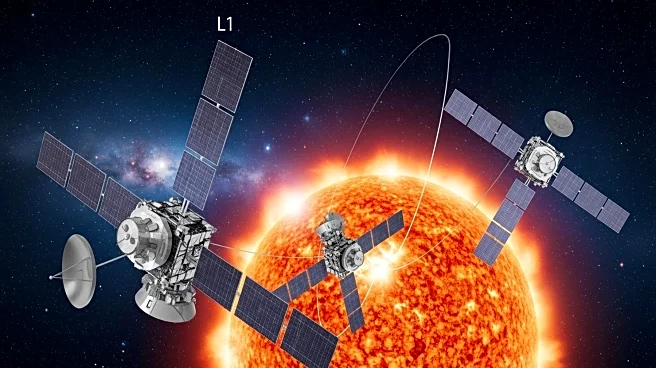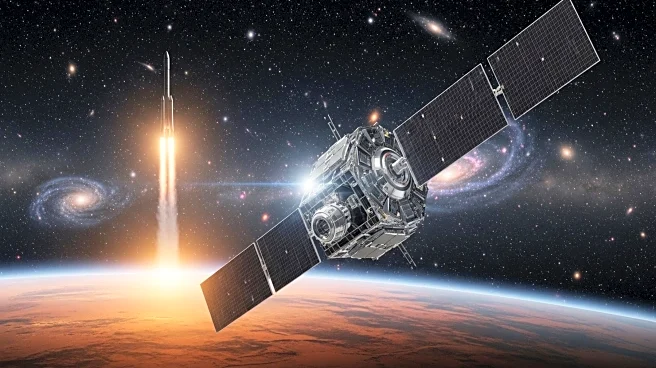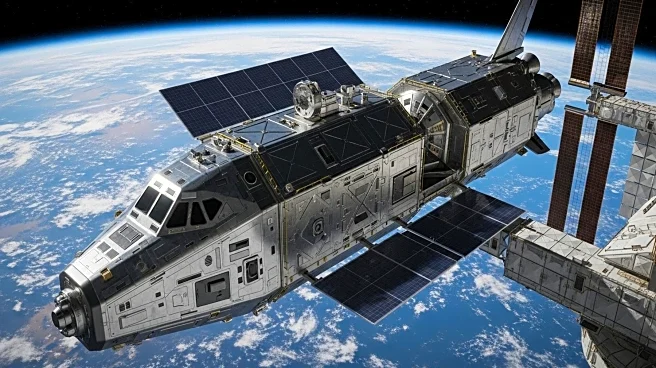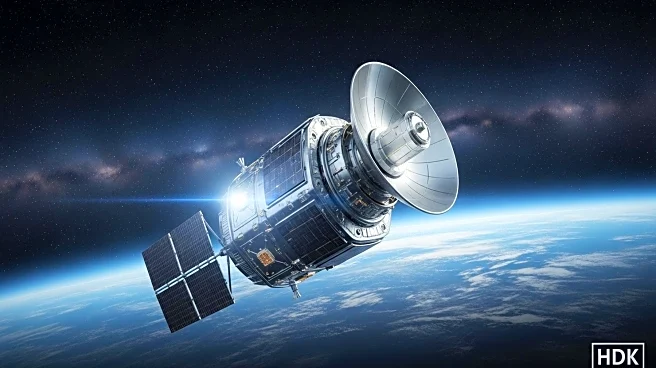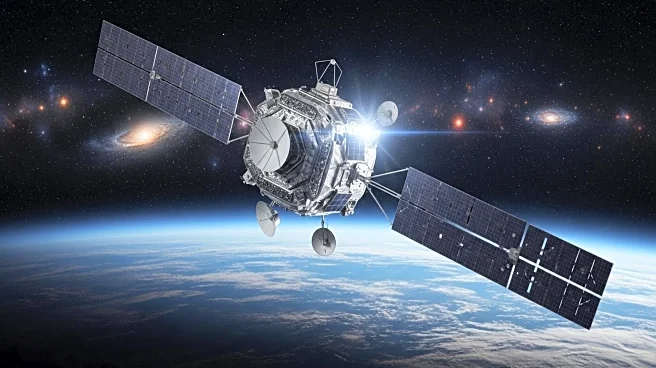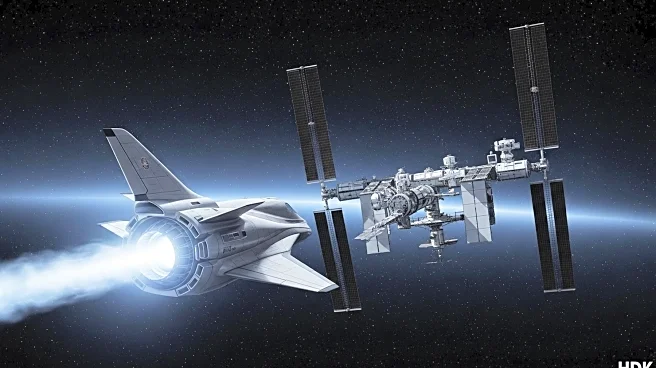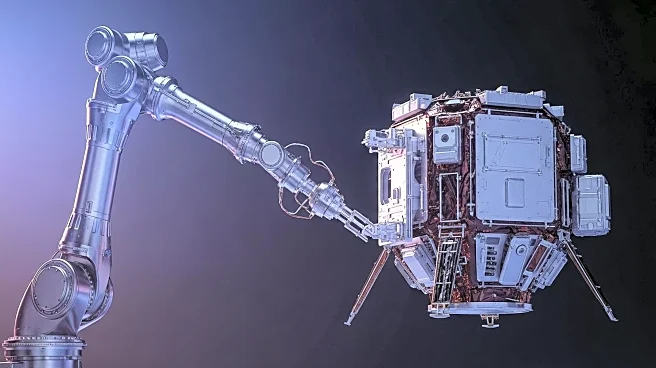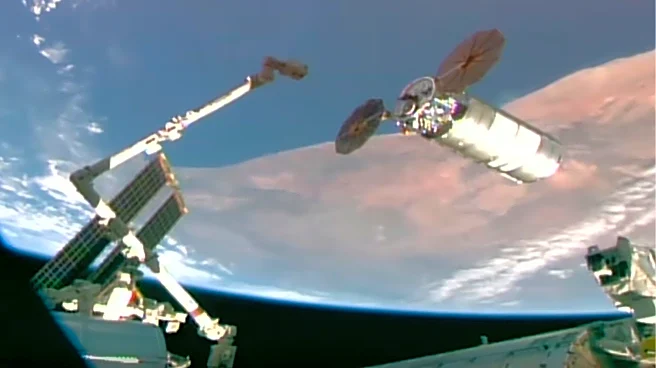What's Happening?
SpaceX is preparing to launch a Falcon 9 rocket from Kennedy Space Center in Florida on September 23, 2025. The mission will carry three spacecraft, including NASA's Interstellar Mapping and Acceleration Probe (IMAP), NOAA's Space Weather Follow-On L1 (SWFO-L1) satellite, and NASA's Carruthers Geocorona Observatory. IMAP will map the heliosphere's boundaries, SWFO-L1 will monitor solar storms, and Carruthers will study Earth's exosphere. These missions aim to enhance understanding of space weather and its effects on Earth.
Why It's Important?
The launch is crucial as the Sun approaches its next solar maximum, increasing the risk of geomagnetic disruptions. The missions will provide early warnings for solar storms, protecting infrastructure and astronauts. IMAP will improve understanding of the heliosphere, SWFO-L1 will offer real-time solar monitoring, and Carruthers will study Earth's atmospheric response to solar activity. This data is vital for safeguarding technology and supporting future space exploration.
What's Next?
Following the launch, the spacecraft will travel to the Sun-Earth L1 point, where they will begin their scientific missions. IMAP will map the heliosphere, SWFO-L1 will provide solar storm alerts, and Carruthers will monitor Earth's exosphere. The data collected will inform space weather models and help mitigate risks to technology and astronauts. The missions are expected to operate for several years, contributing to a better understanding of the Sun-Earth environment.

